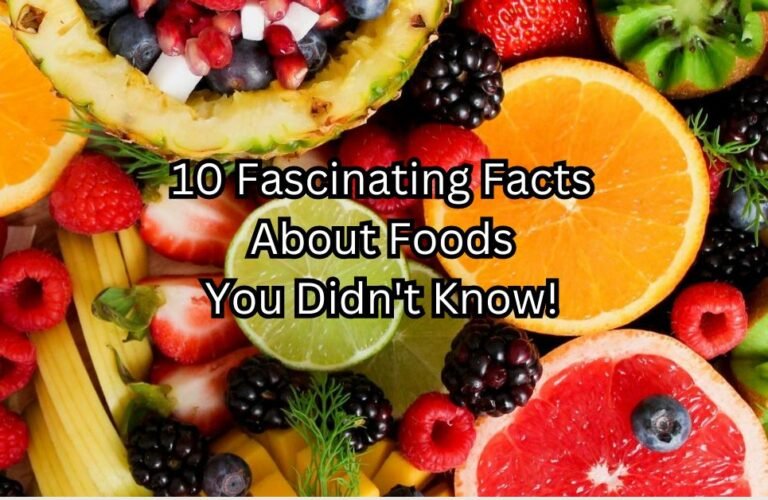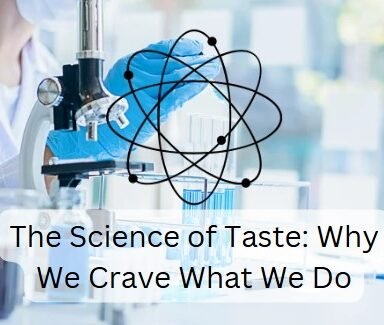Food is not just sustenance—it’s a part of our culture, history, and even science. As we explore the food we eat daily, we uncover surprising, sometimes strange facts that make us appreciate our meals even more. Here are 10 fascinating food facts that might change the way you look at your plate.
1. Honey Never Spoils
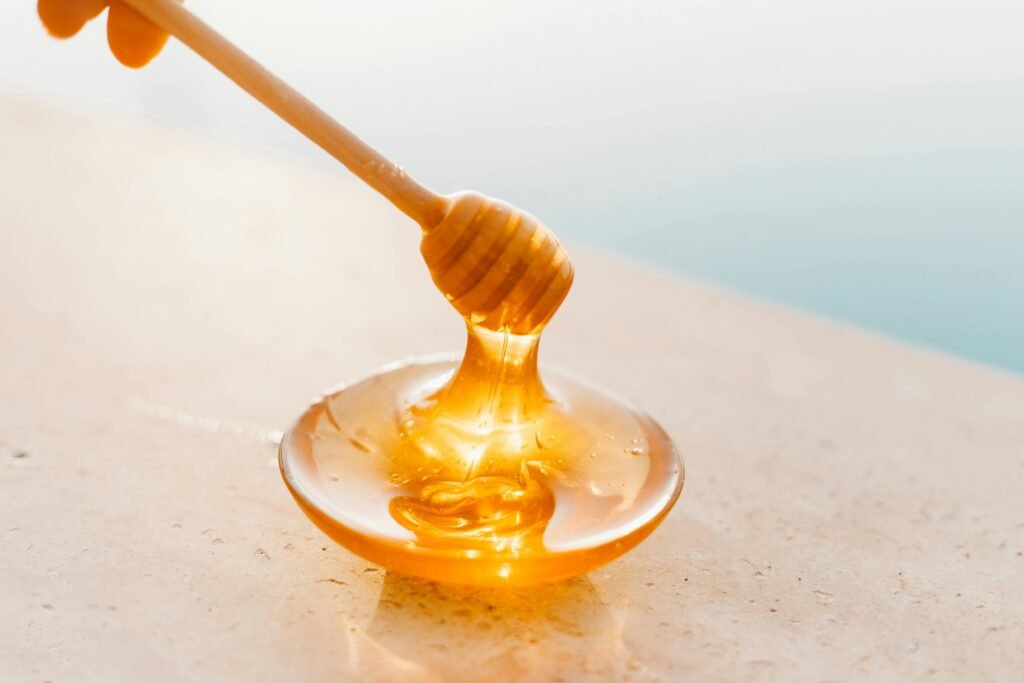
Honey is often referred to as the only food that lasts forever. Archaeologists have discovered pots of honey in ancient Egyptian tombs that are over 3,000 years old and still perfectly edible. Its long shelf life is due to its low moisture content and acidic pH, which prevent bacteria and microorganisms from thriving.
2. Bananas Are Berries, But Strawberries Aren’t

Botanically speaking, bananas are classified as berries, while strawberries are not. True berries, like bananas, develop from a single ovary and have multiple seeds inside. In contrast, strawberries come from multiple ovaries, disqualifying them from the berry category.
3. Peppers Can Trick Your Brain
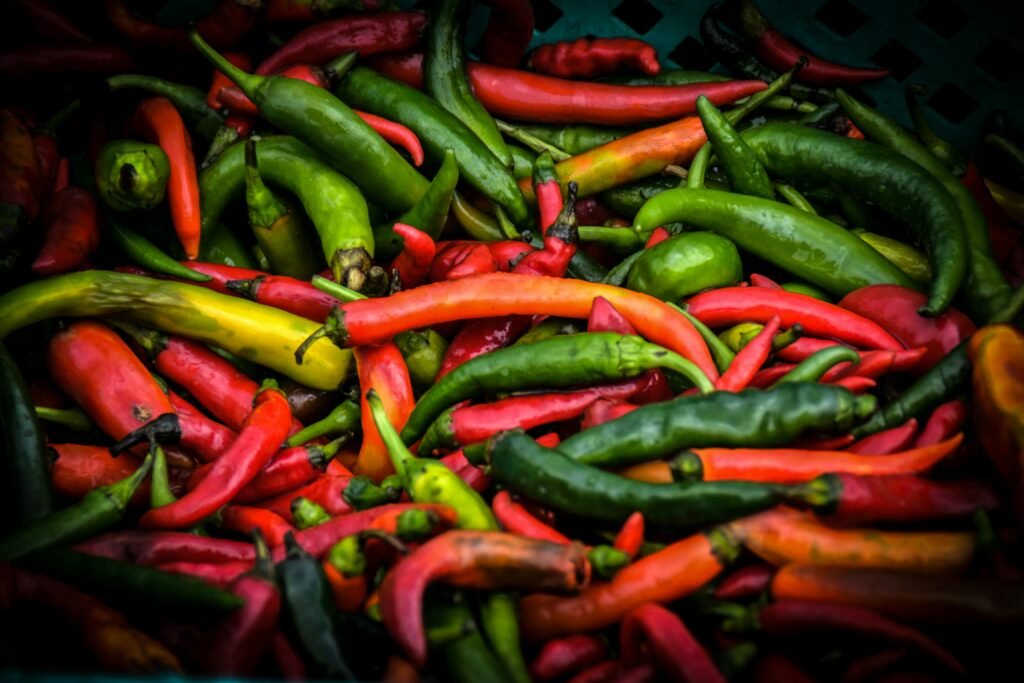
The heat you feel when you eat a spicy pepper isn’t a taste—it’s pain. The compound capsaicin, found in chili peppers, binds to pain receptors on your tongue, sending signals to your brain that something hot is happening. Your brain then responds by releasing endorphins, which is why some people enjoy the thrill of eating spicy food.
4. Apples Can Stay Fresh for a Year
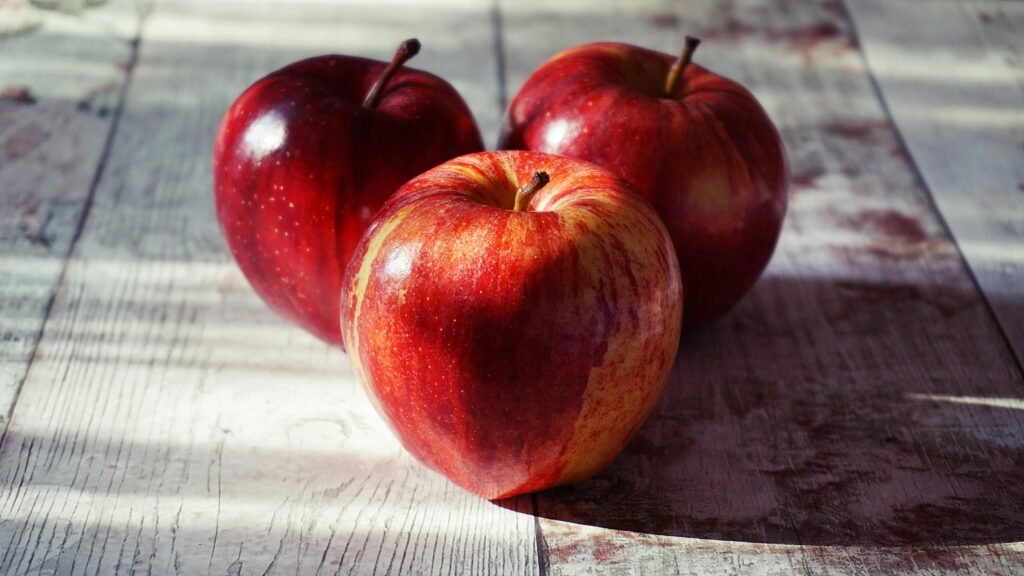
In controlled conditions, apples can be stored for up to a year before they hit grocery store shelves. Controlled-atmosphere storage uses temperature regulation and low oxygen levels to keep apples fresh without affecting their flavor or nutritional content.
5. Chocolate Was Once Used as Currency

The ancient Aztecs and Mayans used cacao beans as a form of currency. In fact, they valued chocolate so highly that it was considered more valuable than gold! Drinking chocolate was also a luxury reserved for the rich and powerful in ancient civilizations.
6. Carrots Weren’t Always Orange
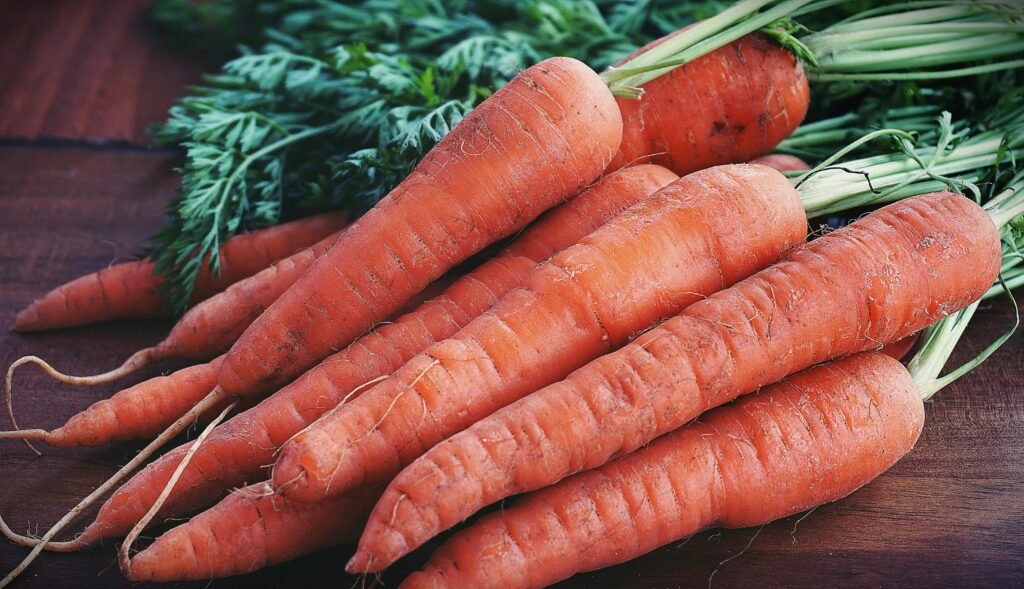
Carrots originally came in a variety of colors, including purple, white, and yellow. The orange variety was developed in the Netherlands in the 17th century as a tribute to the House of Orange, the Dutch royal family.
7. Potatoes Were the First Food Grown in Space
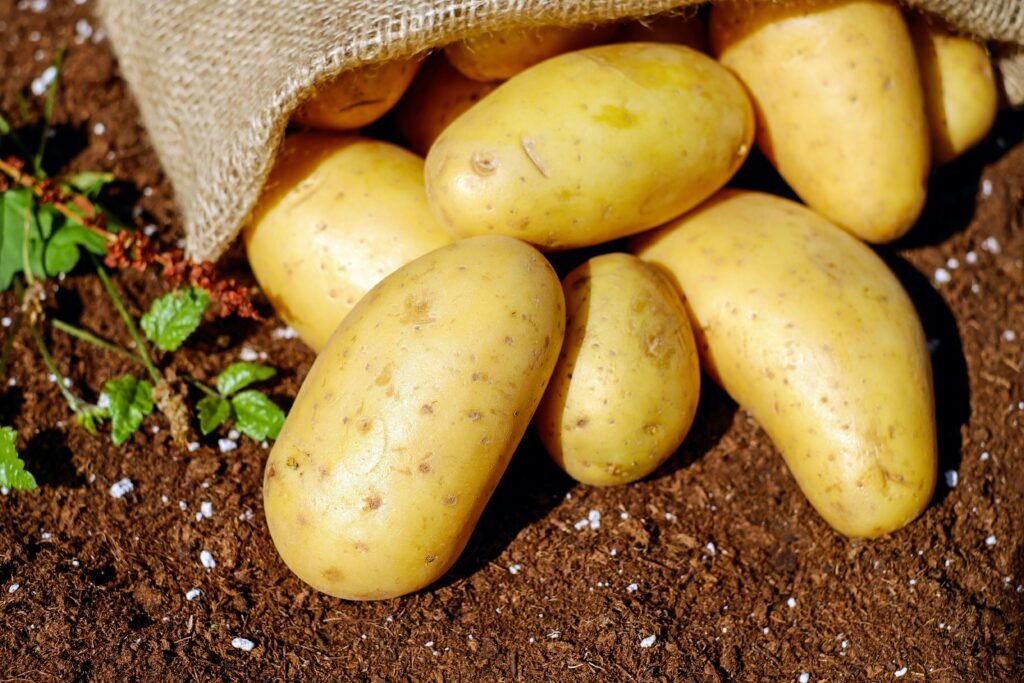
In 1995, NASA and the University of Wisconsin-Madison created a way to grow potatoes in space. This breakthrough was part of efforts to develop sustainable food sources for long-term space missions.
8. Cucumbers Are 96% Water
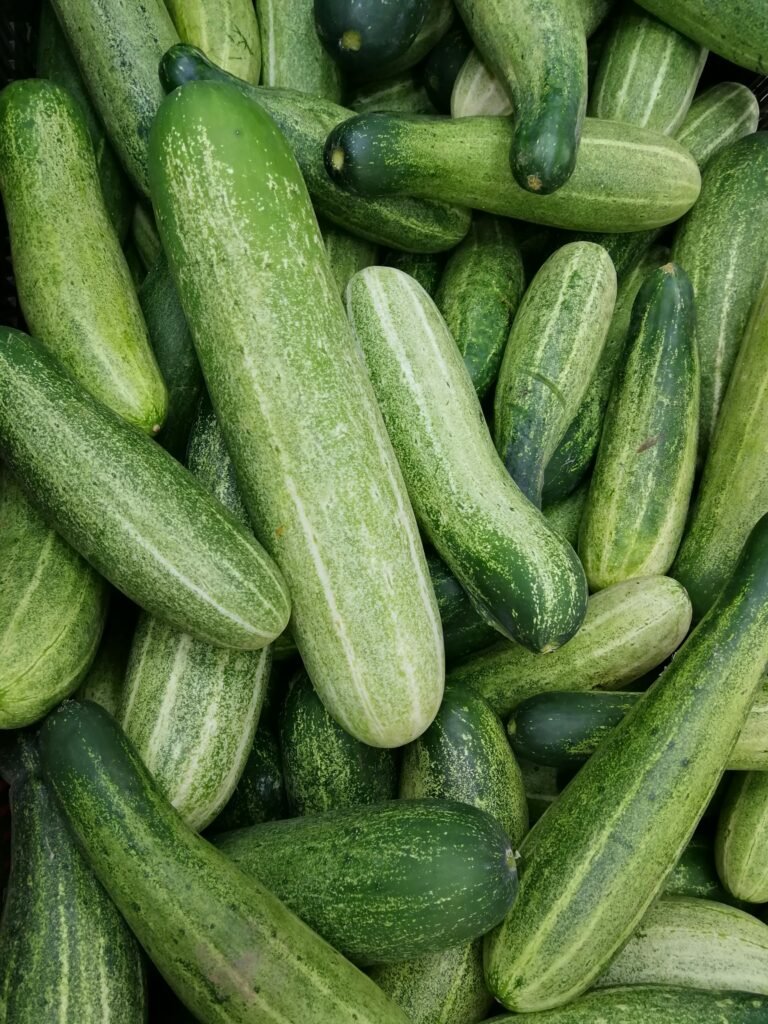
It’s no wonder cucumbers are so refreshing—they’re made up of 96% water. This makes them one of the most hydrating foods available, perfect for staying cool and hydrated during hot summer days.
9. Pineapples Take Two Years to Grow
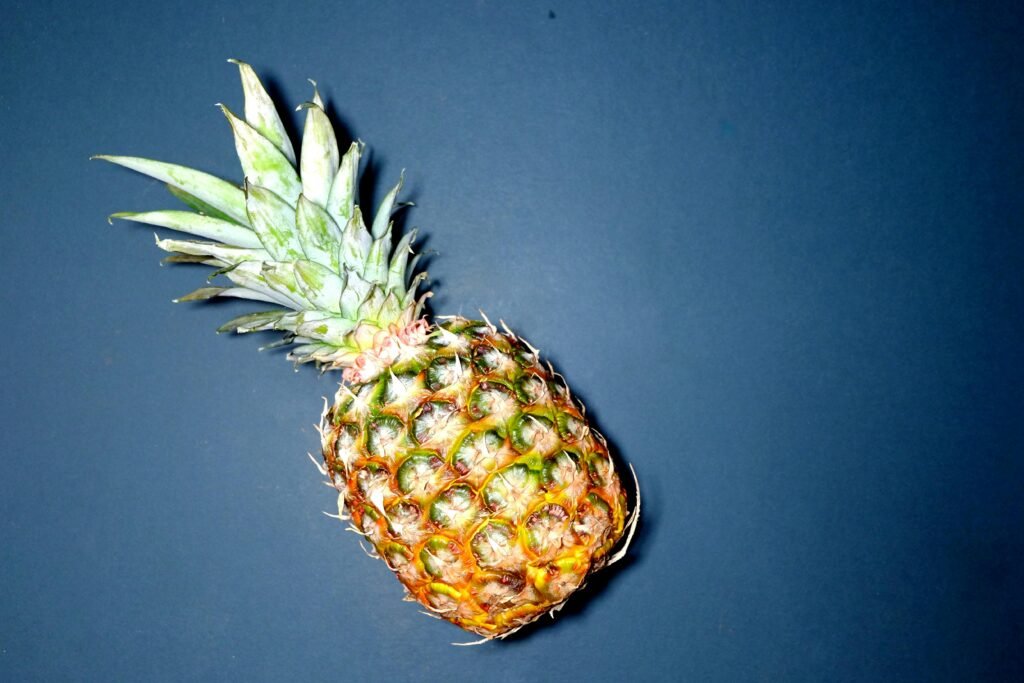
Despite their tropical flavor and association with summer, pineapples take quite a long time to mature. It takes about 18 to 24 months for a pineapple to fully develop and ripen, making it one of the most time-intensive fruits to cultivate.
10. Nutmeg Can Be Toxic

While nutmeg is a common spice in kitchens around the world, consuming large amounts can have toxic effects. Nutmeg contains a compound called myristicin, which can cause hallucinations, nausea, and other harmful symptoms when consumed in high doses.
Why These Food Facts Matter
Knowing these quirky facts about food can spark curiosity and encourage healthier eating habits. Whether it’s understanding honey’s longevity or cucumbers’ water content, every fact offers insight into the diverse and fascinating world of food science.
Looking to learn more? Explore our other food-related articles and discover new ways to enjoy your meals!
By incorporating these fascinating facts into your conversations or daily life, you’ll not only impress your friends and family but also gain a deeper appreciation for what you eat every day. Happy learning!

